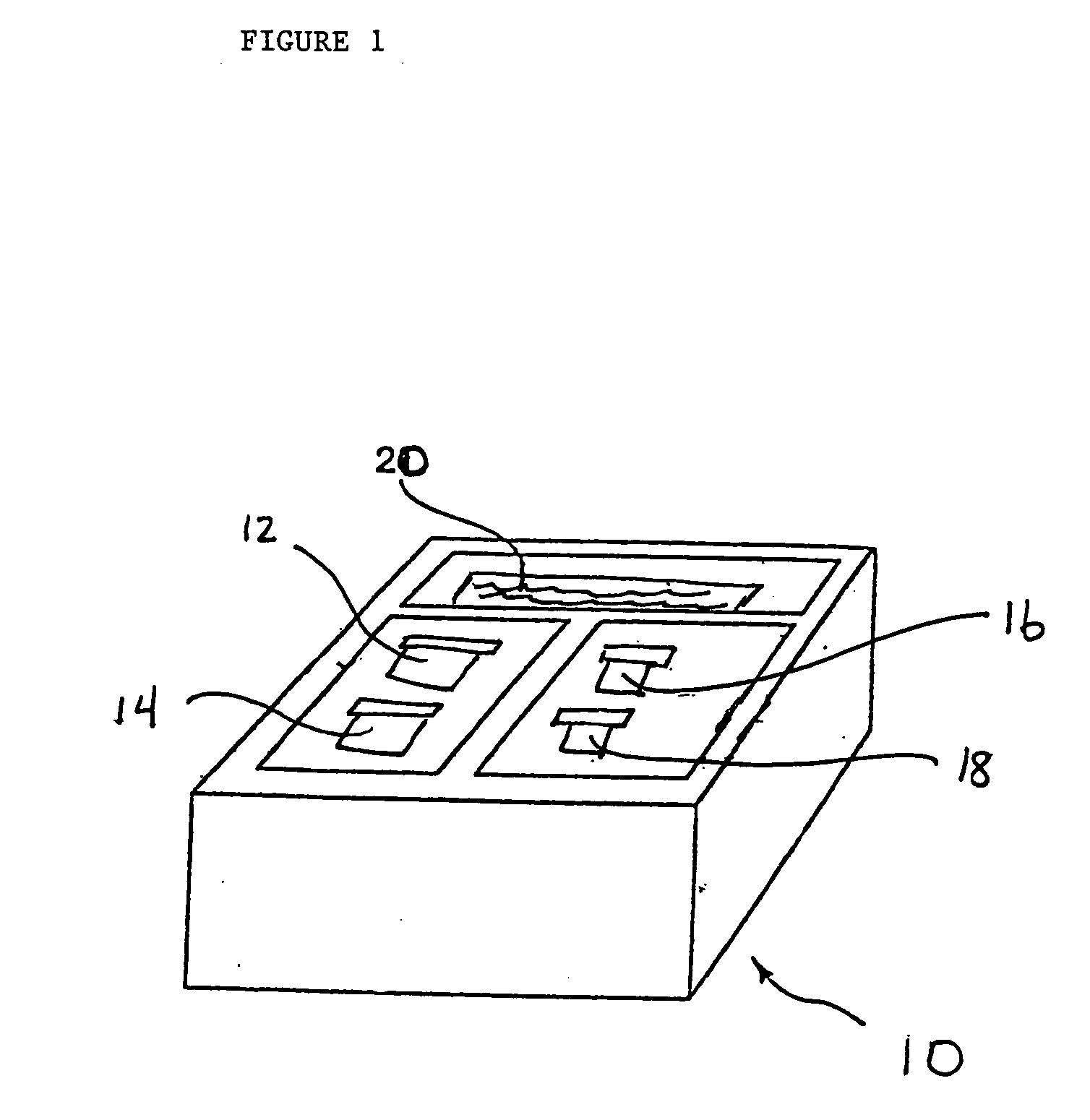Use of methylnaltrexone to treat irritable bowel syndrome
a technology of methylnaltrexone and irritable bowel syndrome, which is applied in the field of treating irritable bowel syndrome, can solve the problems of pain and social debilitating, poor digestion, discomfort, and elderly patients, and achieve the effect of restoring gut motility
- Summary
- Abstract
- Description
- Claims
- Application Information
AI Technical Summary
Problems solved by technology
Method used
Image
Examples
example 1
Administration of Methylnaltrexone in Individuals Who Are Not Receiving Opioids
With approval from the Institutional Review Board, 12 normal subjects (8 males and 4 non-pregnant females) participated in a controlled trial. The mean age was 29.3±5.8 (mean+ / −standard deviation [SD]) years. None of the subjects had a drug abuse disorder or received any opioids during the trial. Subjects were administered 12 consecutive doses of methylnaltrexone at a dosage rate of 0.3 mg / kg every 6 hours via intravenous injection. Methylnaltrexone was dissolved in isotonic saline for administration in this study. No other excipients were present in the administered solution. Oral-cecal transit time was measured prior to the first dose and after the last dose, following repeated dosing for 3 days, using a lactulose hydrogen breath test (Yuan, C. S., et al., Clin. Pharmacol. Ther. 1996;59:469-475). A subjective rating test for possible opioid agonist effects was also employed (Yuan, C. S., et al., Drug ...
example 2
Manufacturing Details for Methylnaltrexone 225 mg Tablets
(Non-Enteric)
mg per tabletIngredients used (Trade name)Methylnaltrexone225Microcrystalline cellulose (Avicel PH 101) 80Polyvinylpyrrolidone (Povidone K30) 10.50Croscarmellose sodium 8(Ac-Di-Sol SD-711)Dibasic Calcium Phosphate (Emcompress) 25NO AVICEL PH 200 WAS USEDMagnesium Stearate (Hyqual) 1.7Opadry II Clear 7.00Wateras neededEquipment usedKey KG-5 Granulatorto make granules . . . kindof dough makerGlatt WSG-1, Uniglattto dry the granulesQuadro Comillto break the granule particlesto the desired sizeCross-Flow blenderto mix things togetherManesty beta-pressto compress powderinto tabletsO'Hara Labcoat II-Xto coat the tablets with any film.
Miscellaneous equipments such as balances, peristaltic pump, propeller mixer and spatula etc.
Manufacturing steps: 1. Pass Methylnaltexone, Avicel 101 and Ac-Di-Sol (part of it) thru 20 mesh screen and add to the granulator. 2. Granulate the above mixture using a solution of Povidone ...
example 3
Manufacturing Details for Enteric Coating (Both 75 and 225 mg)
After step #9 from the previous example: 11. Coat the tablets with a suspension of Eudragit L in water. 12. Coat the material in step # 11 with Opadry white.
The polymer we will be using for the enteric part will be one of the following:
Eudragit LFrom Degussa orRohm PharmaEudragit L 50DFrom Degussa orRohm PharmaAcryl-eze (methacrylic acid co-polymer type C)From ColorconSureteric (polyvinyl acetate phthalate)From Colorcon
PUM
| Property | Measurement | Unit |
|---|---|---|
| concentration | aaaaa | aaaaa |
| concentration | aaaaa | aaaaa |
| concentration | aaaaa | aaaaa |
Abstract
Description
Claims
Application Information
 Login to View More
Login to View More - R&D
- Intellectual Property
- Life Sciences
- Materials
- Tech Scout
- Unparalleled Data Quality
- Higher Quality Content
- 60% Fewer Hallucinations
Browse by: Latest US Patents, China's latest patents, Technical Efficacy Thesaurus, Application Domain, Technology Topic, Popular Technical Reports.
© 2025 PatSnap. All rights reserved.Legal|Privacy policy|Modern Slavery Act Transparency Statement|Sitemap|About US| Contact US: help@patsnap.com

